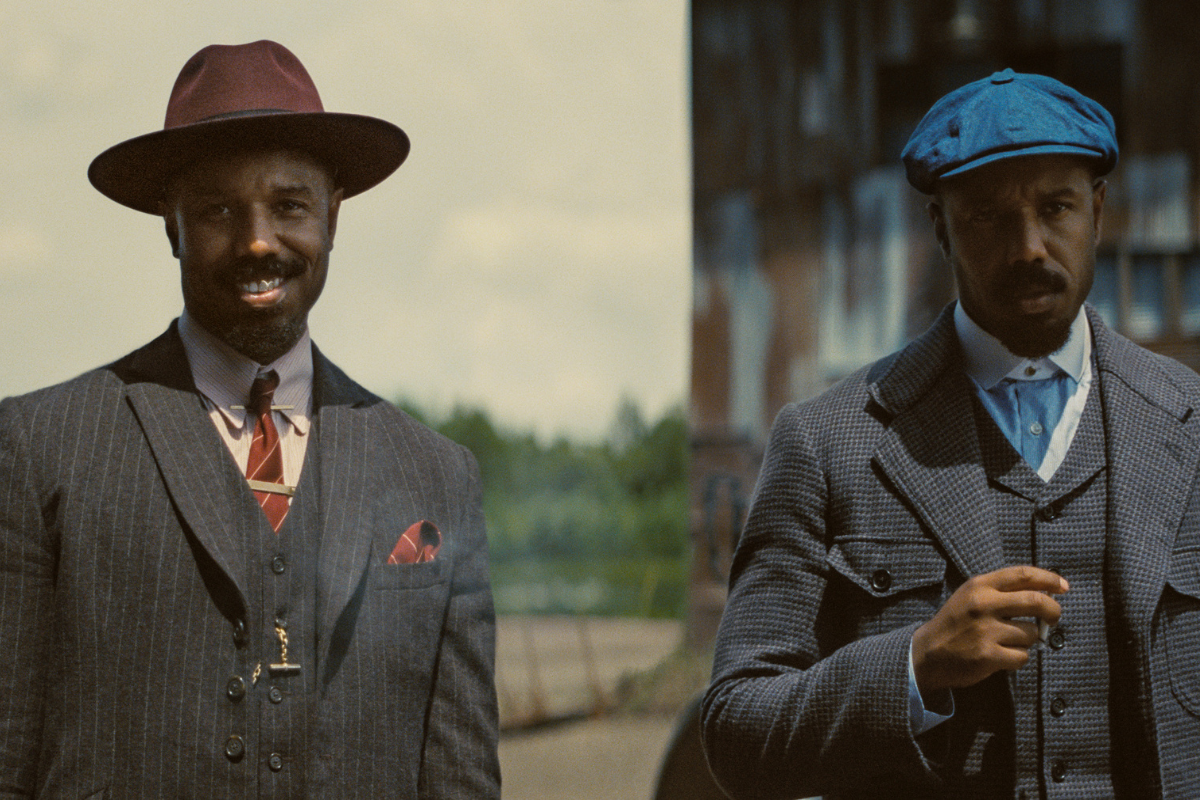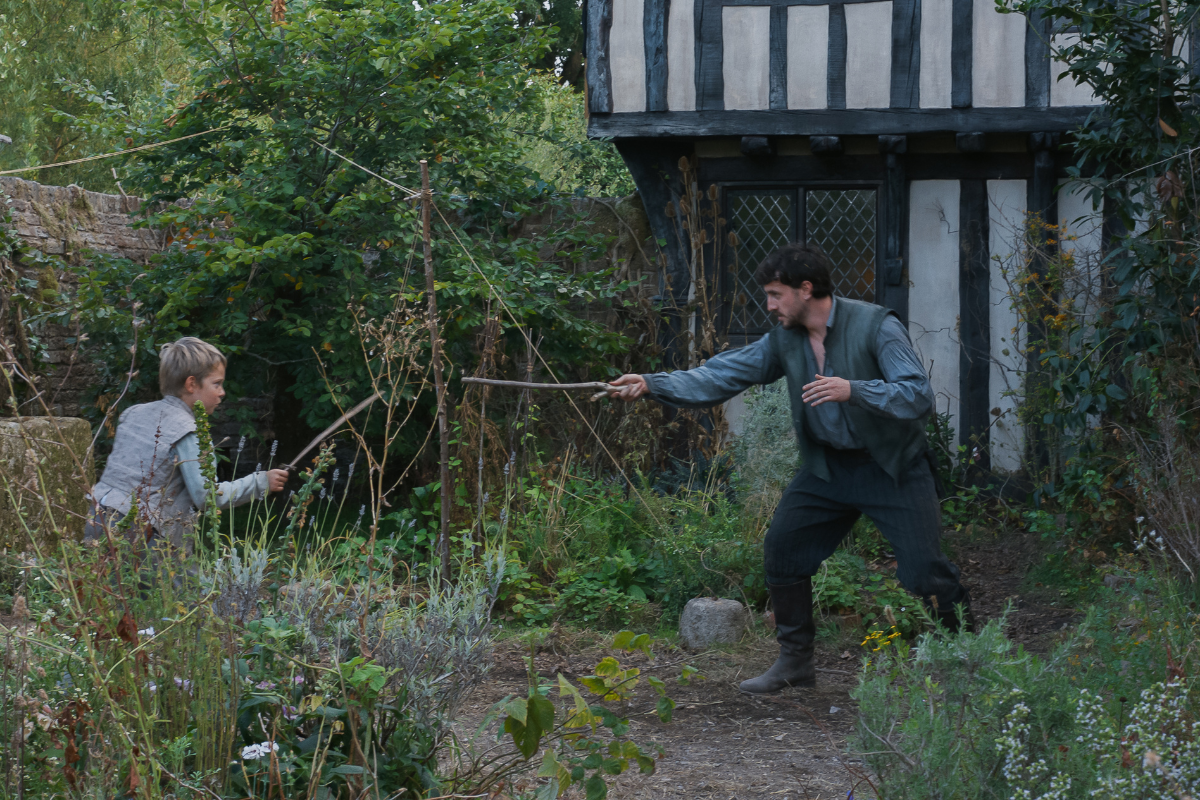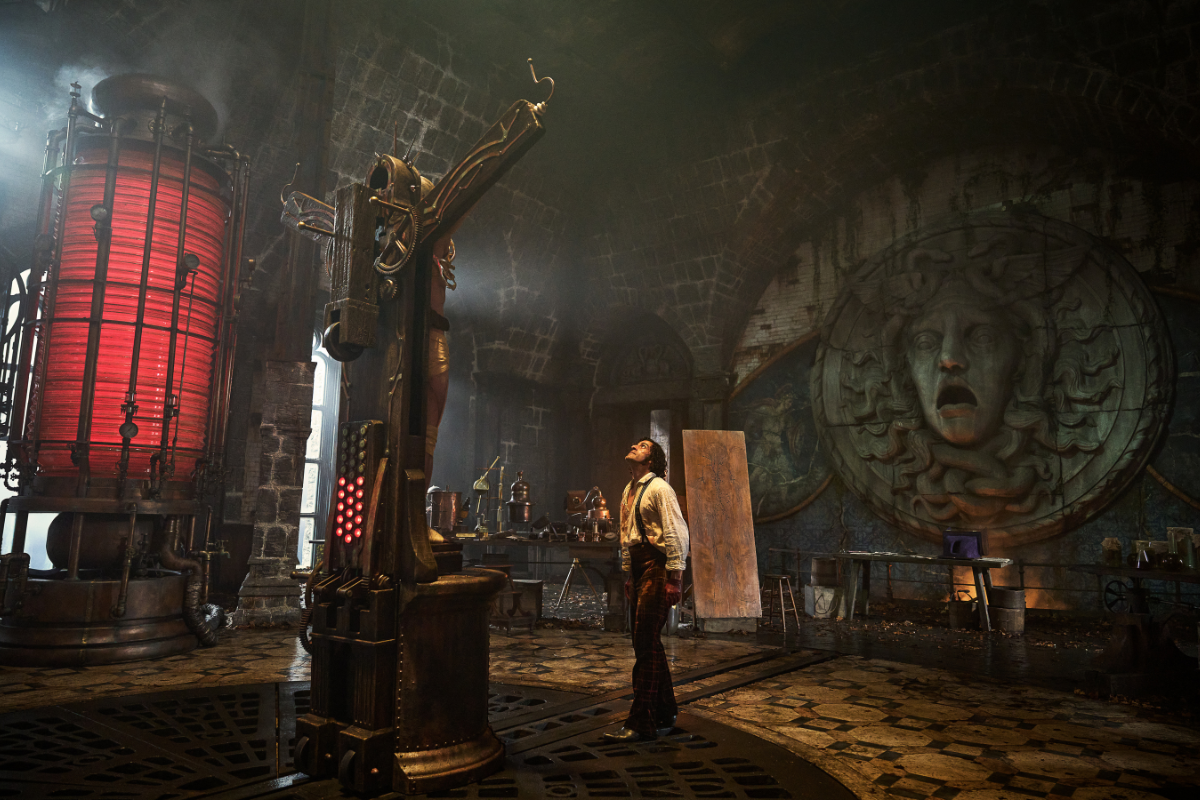Women Are People, Too: 6 Ways to Write Better Female Characters
A common gripe among a lot of actresses is that they don’t find many strong female roles in the scripts they’re given, and so sometimes they seek out roles written for men. Cameron Chapman gives tips on writing compelling female characters.
Cameron Chapman is a Stowe Story Labs alum, freelance writer, author, designer, screenwriter, and filmmaker living and working in Vermont. She has sold four short film scripts to date, was a quarter-finalist in the 2016 PAGE International Screenwriting Awards for her short script Wildflower, and is currently in pre-production on her first feature. Follow Cameron's website and her Facebook, Instagram and Twitter: @cameron_chapman
Ripley. Captain Phasma. Evelyn Salt. Hildy Johnson. Starbuck. 'Calamity' Jane Bodine.
Do you know what all of those characters have in common? They were all originally written for men, but ended up being played by women. And they’re not the only ones. A common gripe among a lot of actresses is that they don’t find many strong female roles in the scripts they’re given, and so sometimes they seek out roles written for men.
If you’re a screenwriter who writes female characters, you should see that as a problem. Now that you’ve identified that it’s a problem, you have the chance to create a solution.
Full disclosure: I’ve never written a male protagonist in any of my screenplays. I’ve written very prominent male characters, and I like to think that I can write them just as well as female characters despite the fact that I am not male. I’ve never had a reader comment on my male (or female) characters being unrealistic.
How do I do this? It’s actually really simple: I think of all of my characters as individuals before I think of them as male or female. Easier said than done sometimes, especially if you’re writing a script with an inherently female story. But read on for my advice on how to write female characters that break the tired tropes and stereotypes.
She has a past.
You have to think of your characters—male or female—as real, live people. With a past. And a future. Their experiences have shaped who they are and how they act within the world of your screenplay.
For some writers, writing a biography is helpful. Or maybe you want to write some journal entries from your character’s perspective. Maybe you just have a rough idea in your head of where your characters have been and where they’re going.
It doesn’t matter what works for you, as long as you recognize that your characters exist outside of the script you’re writing.
She is whole.
Realistic characters are well-rounded. Not in the college-application well-rounded way. I mean that sometimes they’re funny, sometimes they’re serious. Sometimes they succeed, sometimes they fail. And sometimes they just do really stupid or smart or mediocre or pointless things.
The emphasis you place on aspects of their personality will depend on the genre you’re writing. But even in a comedy, your character probably isn’t funny all the time. And even the heaviest-handed dramas generally have a light moment here or there.
Having a hard time making your character feel like a whole person? Think about the people you know. Basing characters on people you know in real life, or composites of multiple people, is a great way to make them feel whole.
She isn’t a stereotype.
I don’t care if you’re writing a male character or a female one. If can’t swap the gender of that character without a massive rewrite, then congratulations: you’ve probably written a stereotype.
Here’s a tip: don’t do that. Sure, there are some subjects and plots that are naturally going to lend themselves to one sex or the other. Obviously, if your story is about the front lines of the Civil War, you’re going to have issues with creating a female soldier protagonist. If your story revolves around breast cancer, making your protagonist male would give it a completely different slant.
But if you can’t pick a random piece of dialogue out of your script and change the sex of who said it and have it still make sense, then you should rethink how you’re writing your characters.
The Bechdel Test is not the be-all and end-all.
The Bechdel Test gets a lot of attention. For those unfamiliar, it consists of three things:
- two named female characters
- who talk to each other
- about something other than a man.
Simple, right? You’d think so. But there are all kinds of movies that pass the Bechdel Test that don’t have well-rounded female (or other) characters. And there are certainly movies out there that don’t pass the test that have wonderfully written characters of both sexes.
The basic premise of the Bechdel Test is sound, though: your characters’ conversations should revolve around more than just members of the opposite sex. Yes, even if you’re writing a romance.
Think about your own life and friendships. Do you only ever talk about who you’re dating? Hopefully not (if you do, maybe re-evaluate your interests or find a hobby). You probably talk about ideas, about work, about the errands you don’t want to run, or the family member who’s driving you crazy.
Instead of focusing just on the Bechdel Test and calling it “good”, try focusing on creating characters who are concerned with more than just one thing (that one thing being getting laid).
Women are people.
Your characters are people. Regardless of what they’re doing in your story, they’re whole, real people. They have their own experiences, their own motivations, their own wants and dreams. Don’t write a woman “like she’s human” because she is human (unless she’s an alien, but even then, make her a person).
The same goes for the men in your story. For every woman out there who’s written as a marriage-obsessed bimbo, there’s a guy who’s written as an emotionless macho “man’s man”. Neither one is true-to-life in most cases. Sure, we all know people who come across like that in our real lives, but even those people have more depth beneath the surface; there are reasons why they’re like that.
That means if you are writing that kind of character, think about why they are the way they are. Come up with something unique (preferably not one of the standard troubled past tropes every writer loves to fall back on).
Stop introducing characters with physical traits.
Sometimes, the way your character looks is important to the story. But most of the time, a character’s appearance isn’t important. Introducing characters is the one point in the script where you get some leeway as far as describing things you can’t see on screen. And you’re going to waste it on the fact that your character is blond?
Here’s an idea: Please don’t.
Instead, give us some insight into who your character actually is. Avoid the stereotypes. Don’t tell me that your female lead is “pretty even without the makeup” or “beautiful despite her age” (or worse: “was beautiful 10 years ago”) or any other tired physical descriptor. If there’s something about her appearance that is important to the story, or that makes her stand out, then yes, include it.
Look at how you introduce characters of both genders in your scripts. Personally, I tend to drop in both physical and personality traits for my male and female characters. But if you’re only describing your female characters physically, then STOP.
I will say one exception to not describing characters physically is when it comes to race or ethnicity. Why? Because when we don't mention that our characters are from any minority, the default seems to be to assume that they’re white. And Hollywood suffers from enough of a diversity problem without compounding that issue at the screenplay stage. So yes, mention ethnicity or race as applicable in your scripts!
The point in all of this is that gender should not define your character. Even in stories where gender is a major focus on the story, your character is not her gender. She is not defined by what is between her legs, nor which gender she identifies with. She is defined by her actions, by what’s between her ears, and by her relationships with others.
More articles by Cameron Chapman
Get more tips in Christine Conradt's on-demand webinar
Creating Strong Female Characters
Cameron Chapman is an author, screenwriter, and Stowe Story Labs alum who has sold multiple short screenplays and placed in prestigious screenwriting competitions with feature scripts, including the Nashville Film Festival and Page Awards. Her nonfiction books have been published by Focal Press, Ilex, and John Wiley & Sons. She lives and writes on a tiny island in northern Vermont. Follow Cameron’s website and Twitter: @cameron_chapman







